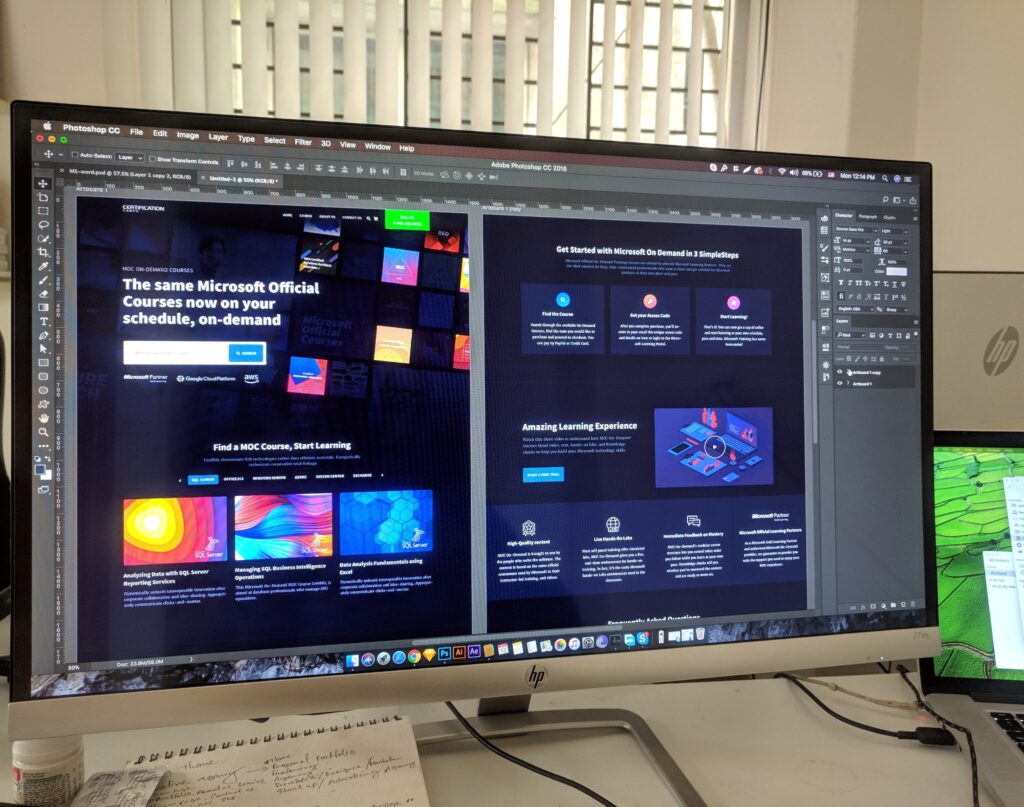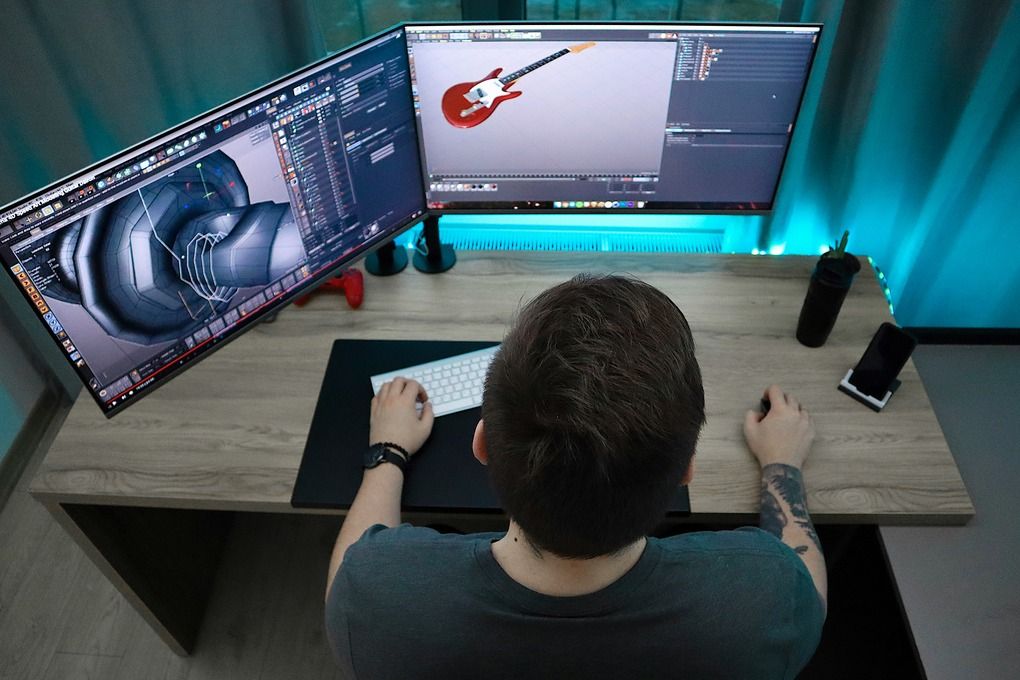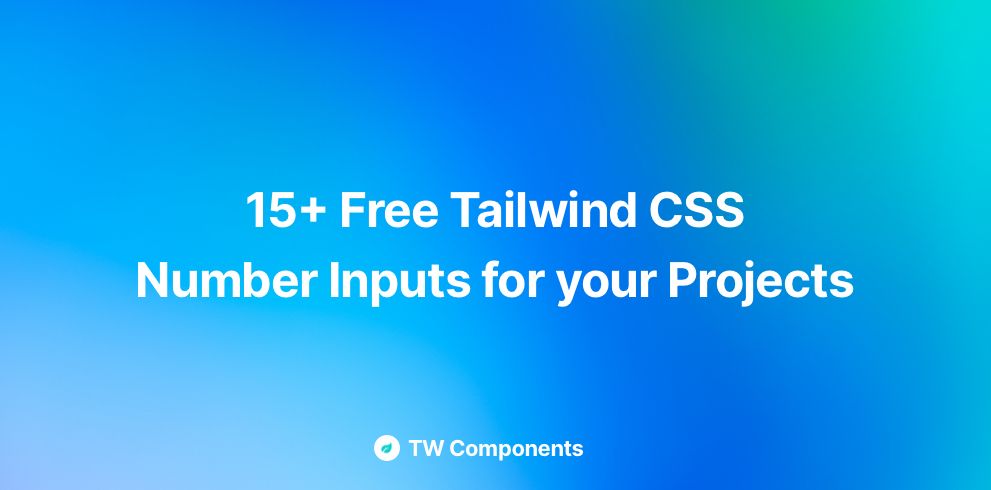The Internet is a cornerstone of the modern world. There is no aspect of our lives that hasn’t been touched or changed by it. Reception of the Internet’s influence is not all positive, but its usefulness can not be denied. The Internet has certainly made many things easier and faster. The Internet is an infrastructure of networks, and there lies a layer that contains the actual information and data. It is known as the Web, and the information stored on the Web is distributed across countless websites.
Everyone who uses the Internet is familiar with what a website is. From a non-technical point of view, websites are what make up most of the Internet. Everything we search and surf online is found on one website or another. Most of us know how a website works from a user’s point-of-view, but it is drastically different from a designer’s perspective. Many efforts and skills go into designing a website, or you can take the help of these best sites like Canva that can help you design templates, logos, and make better designs for your website. But that is only the technical part that involves coding and everything. Apart from the basic foundation, many factors determine the quality of a website. Here are five tips that you might want to keep in mind for designing a great website.

1. Minimal But Attractive Homepage
The homepage of a website is the first thing a user sees upon the visit. The quality of the homepage can determine if the visitor will stay or not.
The first page should be kept minimal and never crowded. Too much information can be your enemy, especially in text. If there are too many words, the user will most likely skip reading it. Only key points should be allowed, and the major points should be highlighted. There should be headings and sub-headings, followed by short and effective paragraphs of details. It should be paired with relevant and attractive images that relate to what you offer.
The top of the page must include your logo. Your logo represents your brand value and gives you an identity that can attract the visitor. The page should end with links to different information about your site; it includes contact information, brand details, social media integration, etc.
You can also include customer and critic reviews on the homepage to increase your credibility in a visitor’s eye.
2. Visual Hierarchy
Visual hierarchy is the determination of which element deserves to stand out visually on your website. These elements of importance deserve higher priority. The identification and execution of this hierarchy is the route to an attractive website.
The layout and the pattern of your website can boost its influence. There are many types of layouts, like the N or the Z pattern, which you can use as per preferences.
The theme of the website is a major visual aspect of it. Attractive color combinations in the background, tabs, and headlines draw attention.
The size of headings, paragraphs, and images plays an important role too. A larger size makes an impact on the reader and the chances of getting clicked on as well.
Visual media should always be given priority over text, but bland and lackluster images and videos should be avoided.
3. Good Readability
A website’s readability presents how easy it is for a user to read and interpret the information you have provided on your website. The text on your website is what determines it. First of all, the text’s color should be contrasting with the background color so that it is easily visible. Studies have also shown that larger fonts are likely to read online more as they don’t require any reading efforts. Larger spacing and line-height are visually attractive as well.
Other than the style and structure, the language of the text matters as well. It should be simple, easy to understand, and grammatically correct. Rather than complicated words and sentences, casual language is more effective for a casual internet surfer.
4. Easy To Navigate
The ease of navigation through a website is always a big positive point. Especially when it contains a lot of data and information, it should be convenient for a user to reach their desired point. First of all, having a clickable link to everything you have in store is a necessity. You can list them under a single tab with different sections. The images of products or your services should be clickable with links that lead to their information. These are a part of Call-To-Action (CTA) buttons. Clicking on these buttons perform the actions they specify. CTAs can be ads or links to social media platforms that are a part of website navigation.
Having an in-site search box is a must for large websites. It allows a user to directly look for what they want instead of having to navigate through different links.
5. Mobile Optimization
More than 51 percent of the global web traffic is generated through smartphones only. A majority of internet users prefer smartphones for surfing because a smartphone can be carried anywhere. Thus you can visit any website you want anytime and anywhere. The convenience of mobile users should be kept in mind while designing a website. A lot of websites in existence aren’t optimized well to be used on a mobile. They do not translate well to smaller screens that make them harder to be accessed from a smartphone. The factors involved in mobile optimization are page responsiveness, loading times, and how well the overall layout fits a mobile screen. There are many tools and tests that help you optimize your website and determining how optimized it is. Google itself provides free tools that test the responsiveness and speed of your mobile web page.
Manually building & designing a website is no walk in a park. A good grasp of HTML & CSS is necessary if you want to venture into website designing yourself. But many website designing tools can do it for you. They do the coding part, and all you have to do is customize the actual design. You can consider some of the best web designing tools, including InVision Studio, Sketch, Adobe XD, Affinity Designer, and Figma.
Conclusion
A good website can build your brand, boost your blog’s traffic, and help you earn money. Designing a website is not easy, which is why there are professionals who do it as a job. Even if you’re not a professional, there are tools available now to assist you in the chore. Professional or amateur, these five elements mentioned above should always be your priorities when designing a website.
The post 5 Web Design Tips for an Outstanding Site appeared first on Creative Tim's Blog.

